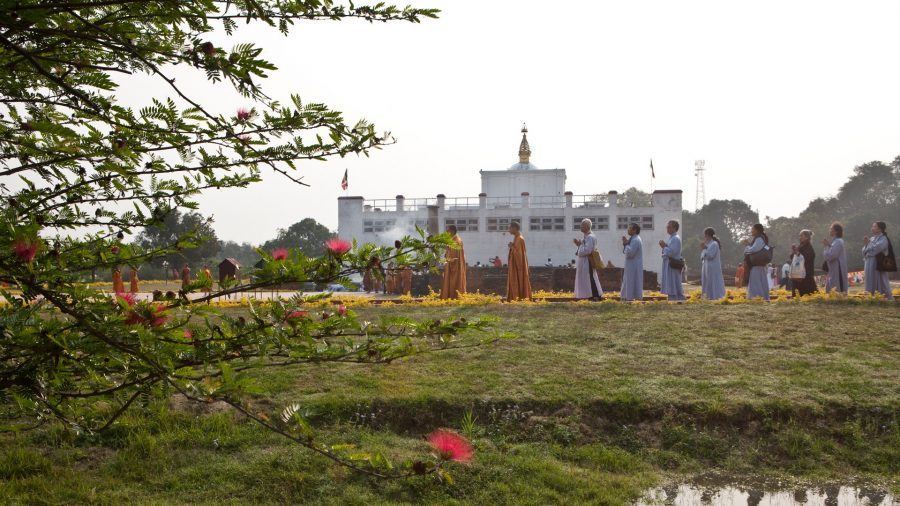
October 6, 2019, Kathmandu
Nepal has contributed three of the greatest things for mankind: Buddhism, Hinduism and Mount Everest. Two of these are directly related to religion and culture and the other is of natural significance. All of these are located between two Asian giants: India and China.
In the history of these two countries, Hinduism and Buddhism have been sources of knowledge and inspiration for peaceful coexistence and prosperity, despite some confrontation and differences between the two religions. However, Hinduism and Buddhism are like the two eyes of the Nepalese today.
In February 2016, the Nepali Government declared Lumbini, Nepal, “the birthplace of Lord Buddha, and the Fountainhead of Buddhism and World Peace”, and this was later approved by the International Buddhist Conference with the 10 points declaration in Kathmandu, Nepal.

LUMBINI NEPAL: THE BIRTHPLACE OF LORD BUDDHA
Buddha was born 2,562 years ago in Lumbini, Nepal. Mythologically, there where many magical and divine activities at the time of birth of Lord Buddha. Emperor Ashoka built the Ashoka Pillar in Lumbini, citing, “Hida Buddha Sakyamuni” indicating Lord Buddha was born in the very place where the pillar is constructed, i.e. in Lumbini, Nepal.
Lumbini, Nepal was listed in UNESCO as a World Heritage site in 1997, because of its archeological, historical and cultural significance. The United Nations has also declared Lumbini as the birthplace of Lord Buddha. This is celebrated on Baishak Day, the birthday of Lord Buddha on the day of the full moon.
FOUNTAINHEAD OF BUDDHISM
No doubt, Buddha was born in Lumbini, Nepal. According to the Buddhist literature, immediately after his birth in Lumbini, the bodhisattva walked seven steps on lotus petals. At that moment he was honored by Gods and Goddesses and welcomed with offerings of colorful and fragrant flowers. While walking, the bodhisattva pointed his index figure to the sky and uttered his first words:
I am the foremost in the world
I am the most senior in the world
I am the most excellent in the world
This will be the my last birth
I will not be reborn again …
If this proclamation is true, as all Buddhists believe, the bodhisattva’s birth at Lumbini was not simply a physical birth but a birth of the embodiment of Buddhahood. Otherwise, the Bodhisattva could not walk and utter this proclamation. It is interesting to note that neither Buddhists, nor any Non-Buddhist institution has ever criticized this act and proclamation.
The bodhisattva was taken back to the royal palace in Kapilavastu and named Siddhartha. At the mere age of 29, Bodhisattva Siddhartha renounced his title as prince, his crown, his beautiful wife and his lovely son. His renunciation is not simply a legend, nor is it just an ordinary action that could be accomplished by a common person. The entire life of the bodhisattva was historic, which proves that this bodhisattva was not just a common human being. On the basis of the afore-mentioned fact, it justifies the theme of Lumbini as the Fountainhead of Buddhism.
Continued…..










